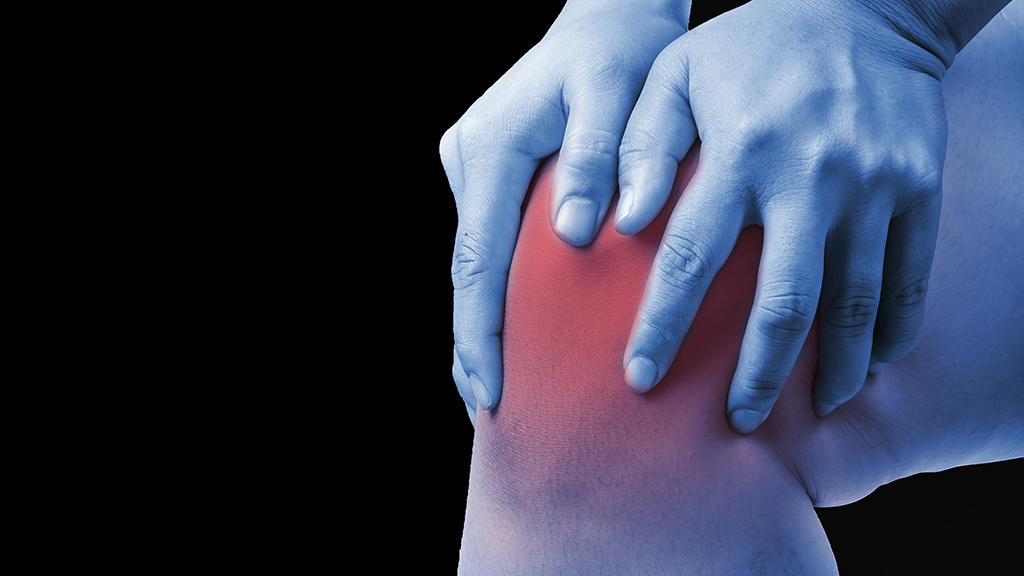Abstract
This directed case study follows “John McKnight,” a high school athlete who has just returned from a previous injury to actively playing sports again. In his weakened condition, John sustains a new injury that affects his mobility. Upon examination, he is diagnosed with a torn meniscus in his knee and undergoes surgery to repair it. During his rehabilitation, he befriends an older patient with arthritis of the knee, and learns how arthritis can affect joints and mobility. This case study allows students to review the anatomical structures associated with a synovial joint using the knee as an example. Ancillary information, such as basic imaging techniques that are used to view bones and associated structures, are also discussed. An anatomical diagram for students to label is included to enhance learning the basic structures of the knee. Additional information and questions include how a torn meniscus, inflammation, and arthritis can affect movements at the knee. The case is well suited for a high school anatomy and physiology class or for an undergraduate human anatomy course.



